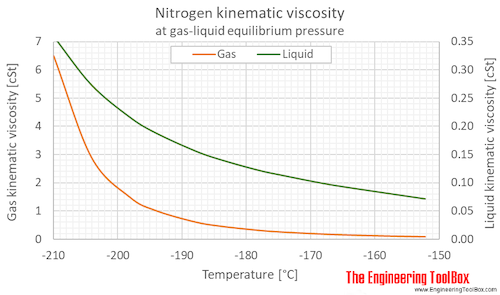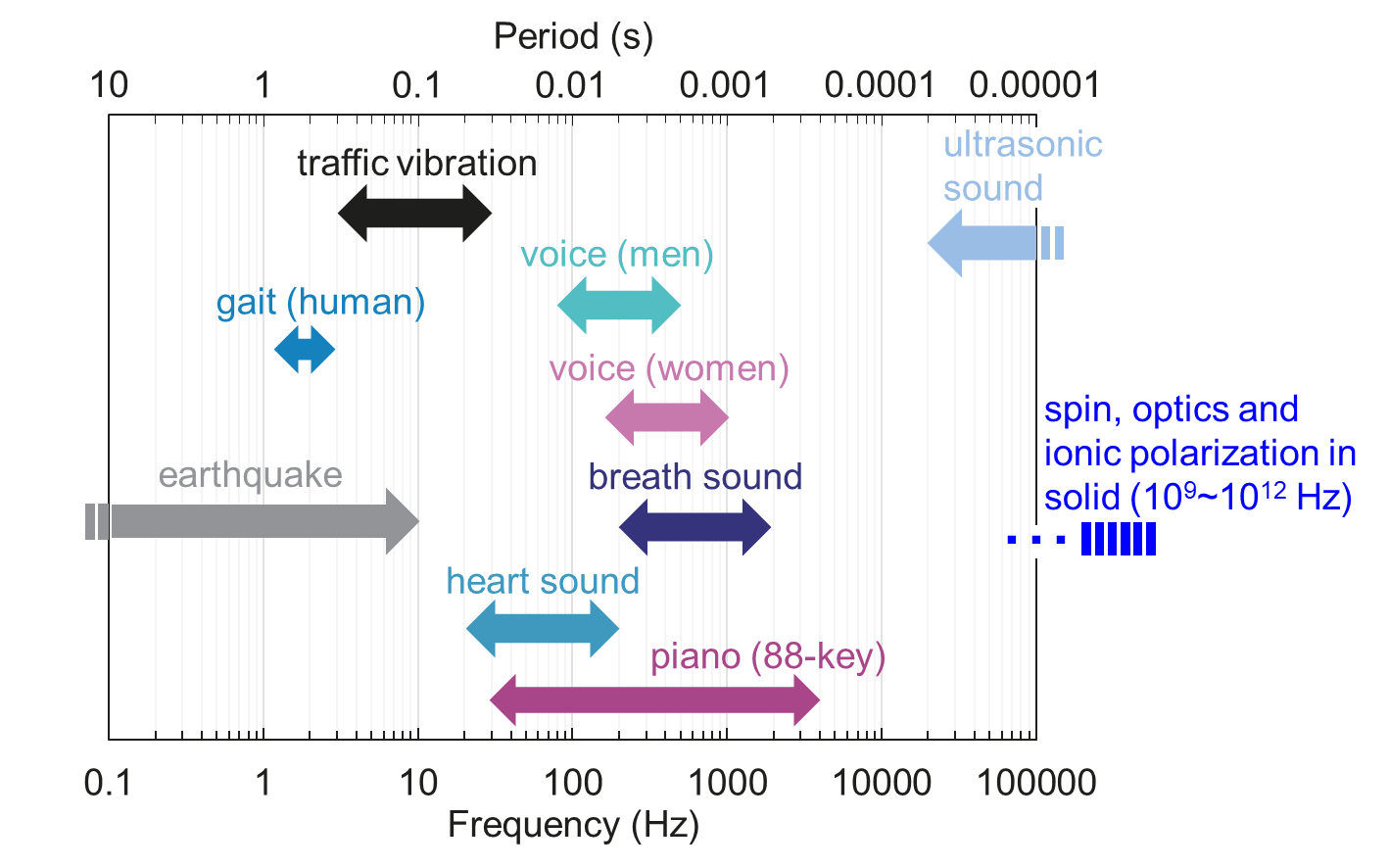

Finally, put a nozzle on your tap and constrict

Resists transition to turbulence: while the water is turbulent, the honey remains Honey has a higher viscosity than water and the viscosity Spoon rapidly in a cup of water and then at the same speed (working hard) If you do not wish to do this experiment, stir a You could provide a large enough pressure, even for fast flow the motion Now, instead of using water in your pipes, replace it with honey. That as the speed, V, increases, transition to turbulence will occur. Let us re-do the faucet experiment in a more systematic way. Small compared to what?īig compared to what? Since turbulence is altogether a different type ofįluid flow to laminar flow, it is desirable to be able to quantify under what


Or ``small'' and ``big'' since there is no reference. Engineers and scientists don't like to say ``fast'' or ``slow'' Slow flow coming from a large orifice can be turbulent this is the case with Occurs and it crinkles up into complicated, random turbulent flow. To convince yourself of this watch a smoke stack for a few minutes.įluid flow that is slow tends to be laminar. Turbulentįlow while proceeding in a particular direction, like laminar flow, has theĪdded complexity of random velocity fluctuations. It would jitter as well, sometimes darting to one side, or up or down. For example if youĬould train your eyes on a small speck of dust it would certainly move along but Stack), within the flow there are irregularities everywhere. Motion is in one direction (sideways for the fire-hydrant, up for the smoke Scale motion, the flow pattern is changing all the time. Open a fire hydrant, or watch a smoke stack.
Water dynamic viscosity full#
Now open the faucet to full on, or better still Information about its future behavior is completely determined by specification Identical to one taken half an hour later. If there is no wind or other disturbance, First very slowly,Īnd you will see glassy, orderly flow. How many times a day do we turn on a faucet? Do it now. Warhaft, Cambridge University Press, 1997. This section was adapted from The Engine and the Atmosphere: An This data is useful for design engineers, boiler practicing engineers, consultants and boiler operating engineers.Transition and Turbulence Transition and Turbulence Areas where these calculations are useful and for whom The output data consists of various water properties like water Conductivity, water Dynamic Viscosity, water Kinematic viscosity, Specific Heat, Enthalpy of water.
Water dynamic viscosity software#
Once the user clicks the RUN> button, the software calculates the required parameters and display the output data. User can select any one of the Units and then enter the input data like pressure and temperature. These properties are essential for sizing different equipment in process industry. water properties are required for calculating water side heat transfer, heat load of various applications like Boilers, Thermic Fluid Heaters, Evaporators. These are basic water properties which are usually available in water tables. Properties of water can be obtained at different temperatures. The calculations shows water properties at different temperatures. Viscosity-Kg/M/S Kin.Viscosity-m²/S Sp.Heat-Kcal/Kg/C Density-Kg/m³ Pressure - Kg/cm² Calorific Value-kcal/kg MKS Units: Temp-☌ Conductivity-Kcal/Hr/M/C Dyn. Input Data Units: MKS/SI- Temp-degC FPS- degF


 0 kommentar(er)
0 kommentar(er)
